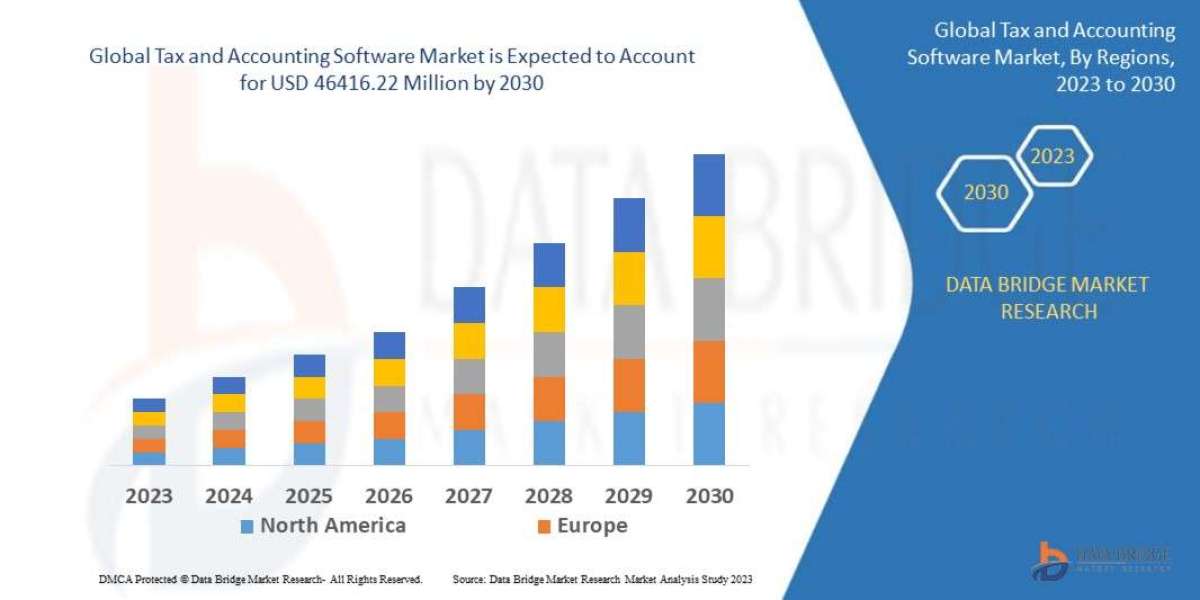Why Gas Fees Are Still a Problem in 2025
Despite the evolution of Layer-2 solutions and improvements in Ethereum’s scaling roadmap, gas fees remain a critical variable for smart contract developers and businesses. These fees are not just a matter of cost—they directly impact user experience, transaction throughput, and project viability. While tools like EIP-1559 and dynamic fee markets have improved fee predictability, spikes still occur based on network congestion. For a smart contract development company planning a DApp launch, inaccurate gas forecasts can blow budgets or stall deployments.
Enter machine learning (ML)—a powerful tool that’s transforming smart contract development services by providing predictive insights into blockchain behavior, including gas usage. Predictive models can estimate the future cost of transactions or contract interactions based on historical data, helping teams optimize deployment times and contract designs.
The Intersection of Machine Learning and Blockchain
Blockchain and machine learning are often seen as two different paradigms. One is deterministic and transparent, the other probabilistic and adaptive. However, combining the two unlocks a new layer of intelligence for decentralized systems. For gas estimation, ML models can analyze vast sets of transaction data, block sizes, fee patterns, and execution contexts to identify trends humans would miss.
In the context of a smart contract development company, machine learning adds value by automating the analysis of when and how to deploy smart contracts cost-efficiently. It also improves tooling in smart contract development services, helping clients avoid peak usage windows or adjust contract logic to reduce unnecessary gas expenditure.
How Machine Learning Predicts Gas Fees
Machine learning models used for gas prediction are typically trained on blockchain data scraped from nodes, block explorers, or analytics platforms. These models consider variables like block time, transaction volume, base fees, priority tips, contract types, opcode usage, and more. Using regression analysis or deep learning, the algorithm learns to correlate these features with actual gas costs.
A smart contract development company might use this data to build a model that predicts the gas cost for deploying a specific contract architecture on a given network. For example, a prediction engine could advise a developer when gas prices will be lowest within the next 12 hours or how changing a function signature might save 20% in cost.
Real-World Applications for Smart Contract Developers
For smart contract development services, ML-powered gas prediction isn’t just a novelty—it’s becoming a competitive necessity. Enterprises deploying high-volume transactions or frequently upgrading their contracts need to budget and time their operations carefully. A smart contract development company offering this predictive tooling as part of its services stands out as forward-thinking and cost-efficient.
AI-based gas estimation tools can also be integrated directly into smart contract CI/CD pipelines. Developers can be alerted during testing if their function calls exceed expected gas thresholds, or if there’s a more efficient alternative implementation. This leads to smarter code and cheaper contracts without sacrificing functionality.
Case Study: ML-Powered Fee Optimization for NFT Projects
Consider an NFT platform launching 10,000 unique tokens on Ethereum. The platform partnered with a smart contract development company that uses machine learning for gas forecasting. By analyzing the cost patterns of similar minting transactions over the past 30 days, the ML model advised batch minting strategies and off-peak deployment times. The result was a 27% reduction in gas fees, translating into significant savings and a smoother launch.
This kind of optimization is not limited to NFTs. DeFi, DAOs, and on-chain gaming projects can all benefit from predictive gas analytics, especially when they rely on high-frequency contract interactions or user-triggered events.
Challenges and Limitations
While machine learning offers strong advantages, it’s not perfect. One key challenge is the unpredictability of network events—such as viral mints or sudden trading spikes—which models can’t always anticipate. Additionally, ML models require regular retraining to stay effective as network conditions evolve.
Another issue is data reliability. Garbage in, garbage out still applies. If training data is biased or incomplete, predictions will be flawed. This is where a reputable smart contract development company comes in—ensuring models are maintained, validated, and integrated properly into the client workflow.
Finally, privacy and decentralization purists may hesitate to rely on off-chain analytics for critical operations. While this is valid, ML doesn’t have to compromise Web3 values. With the rise of privacy-preserving machine learning and decentralized oracle networks, it’s becoming possible to deliver predictive insights in a trustless manner.
The Role of Smart Contract Development Services in 2025
In 2025, the best smart contract development services will be those that embrace automation and intelligence at every stage—from contract design to deployment and beyond. Predictive gas modeling is one of many ways AI is streamlining development processes.
Leading smart contract development companies now offer AI-integrated toolkits that include automated gas estimators, performance profilers, and fee simulators. These tools not only enhance accuracy but also give project teams the confidence to move quickly without risking budget overruns.
For example, enterprise clients working on supply chain platforms or real-time data marketplaces require not just solid contract code, but financial predictability in operations. ML tools make this feasible by forecasting operating costs and flagging contract bottlenecks ahead of time.
What the Future Holds
As Ethereum moves further into rollup-centric scaling and Layer-2 adoption increases, the complexity of gas dynamics will also evolve. Machine learning will likely play a greater role in helping smart contract developers navigate this complexity.
Future ML models may combine real-time telemetry with simulations of contract execution to forecast not just base gas cost, but total cost across networks like Arbitrum, Optimism, and zkSync. They may even suggest code rewrites, handle batch transactions autonomously, or auto-approve deployment windows based on economic thresholds set by the team.
For any business relying on smart contract development services in 2025, working with a team that integrates machine learning will be a major strategic advantage.
Conclusion: Making Smart Contracts Smarter with ML
The convergence of machine learning and blockchain is more than a tech experiment—it’s a necessity for the next generation of smart contract efficiency. Predicting gas fees using AI tools ensures that contracts are deployed at the optimal time, saving money and improving reliability. Whether you're a startup minting NFTs or an enterprise running a multi-chain application, this intelligence layer adds real-world value.
If you’re looking to stay competitive in the decentralized economy, consider partnering with a smart contract development company that leverages advanced ML tools. These innovations are quickly becoming a standard part of top-tier smart contract development services—and they’re helping redefine what it means to build on-chain, efficiently and intelligently.



